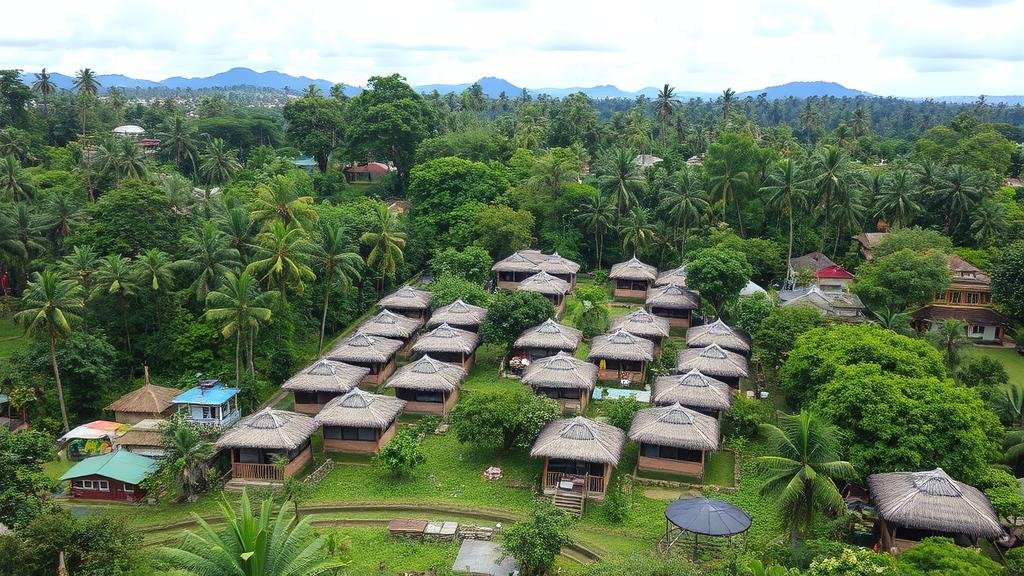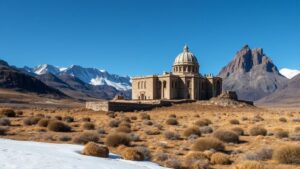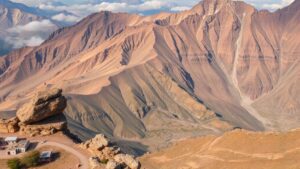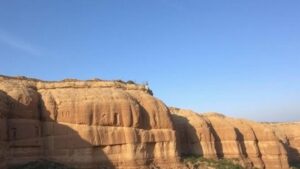Investigating remote regions of the Amazon for evidence of the Arawak-speaking societies’ urban centers.
Investigating Remote Regions of the Amazon for Evidence of Arawak-Speaking Societies Urban Centers
The vast and enigmatic Amazon rainforest has long been a subject of fascination and study, particularly when it comes to understanding the civilizations that once thrived within its depths. Among these are the Arawak-speaking societies, whose urban centers are thought to have left hidden traces across the dense foliage. This article delves into the exploration of these remote regions, shedding light on evidence pointing to the complex socio-political structures of ancient Arawak cultures.
The Arawak Societies: A Brief Overview
The Arawak language family is one of the most widespread in the Americas, with origins tracing back to present-day South America. Historical evidence suggests that various Arawak-speaking groups established settlements that were characterized by communal living, intricate social hierarchies, and extensive trade networks. These societies are believed to have peaked between 500 and 1500 CE. Archaeological findings indicate that they constructed large earthworks, platform mounds, and potentially urbanized environments.
Recent Archaeological Discoveries
Recent archaeological initiatives have aimed to map and investigate potential urban sites attributed to Arawak-speaking populations. Using advanced technology such as LiDAR (Light Detection and Ranging), researchers are uncovering structures previously obscured by dense vegetation. For example, in 2018, a team led by Dr. José Iriarte at the University of Exeter discovered significant earthworks in the Amazon basin, revealing a hidden landscape indicating the presence of urbanized societies.
- In one notable site located near the Rio Negro, researchers uncovered a series of geometric earthworks, suggesting organized settlement patterns.
- At another site in the Amazon basin, scientists found remnants of large, multi-family communal homes, indicative of a complex, residence-based urban structure.
The Role of Technology in Discovery
Technological advancements have revolutionized the field of archaeology in the Amazon. integration of remote sensing technologies allows scientists to glean information without the need for extensive physical excavation. LiDAR has been particularly influential; it can penetrate thick canopies and reveal ground surface features. For example, the 2018 findings by Dr. Iriarte were made possible when a LiDAR survey uncovered a grid-like pattern of pathways and raised platforms, distinct indicators of organized urban centers.
Understanding Urbanization in Pre-Columbian Societies
The notion of urban centers can vary vastly among different cultures. In the case of the Arawak-speaking societies, urbanization did not necessarily align with the monumental cities seen in other civilizations like the Maya or the Inca. Instead, their urban centers may have focused more on communal spaces for trade, social ceremonies, and governance.
- These urban areas were likely interconnected through a network of trade routes that facilitated exchange with neighboring groups.
- Cultural artifacts such as ceramics, tools, and ceremonial items highlight the sophistication of their social organization.
Implications for Modern Understanding and Conservation
Uncovering the existence of urban centers belonging to Arawak-speaking societies carries significant implications. It challenges preconceived notions about pre-Columbian Amazonian civilizations as being primarily nomadic or small-scale agriculturalists. This newfound understanding emphasizes the importance of maintaining the Amazon biome, not just for its biodiversity but also for preserving the cultural heritage of its ancient inhabitants.
Plus, it raises awareness of the ongoing threats posed by deforestation and climate change, stressing the need for sustainable practices that respect both environmental integrity and cultural history.
Actionable Takeaways
As the investigation of remote Amazon regions progresses, it is essential to:
- Support archaeological research initiatives by providing funding and resources.
- Promote awareness of the significance of indigenous cultures and their contributions to historical narratives.
- Advocate for policies that protect remote areas of the Amazon from deforestation and other harmful practices.
To wrap up, the ongoing exploration of the Amazon reveals fascinating insights into the urban centers of Arawak-speaking societies. Utilizing modern technology to uncover these ancient legacies offers a more nuanced understanding of human history in this biodiverse environment, showcasing the vital interplay between culture and ecology.



